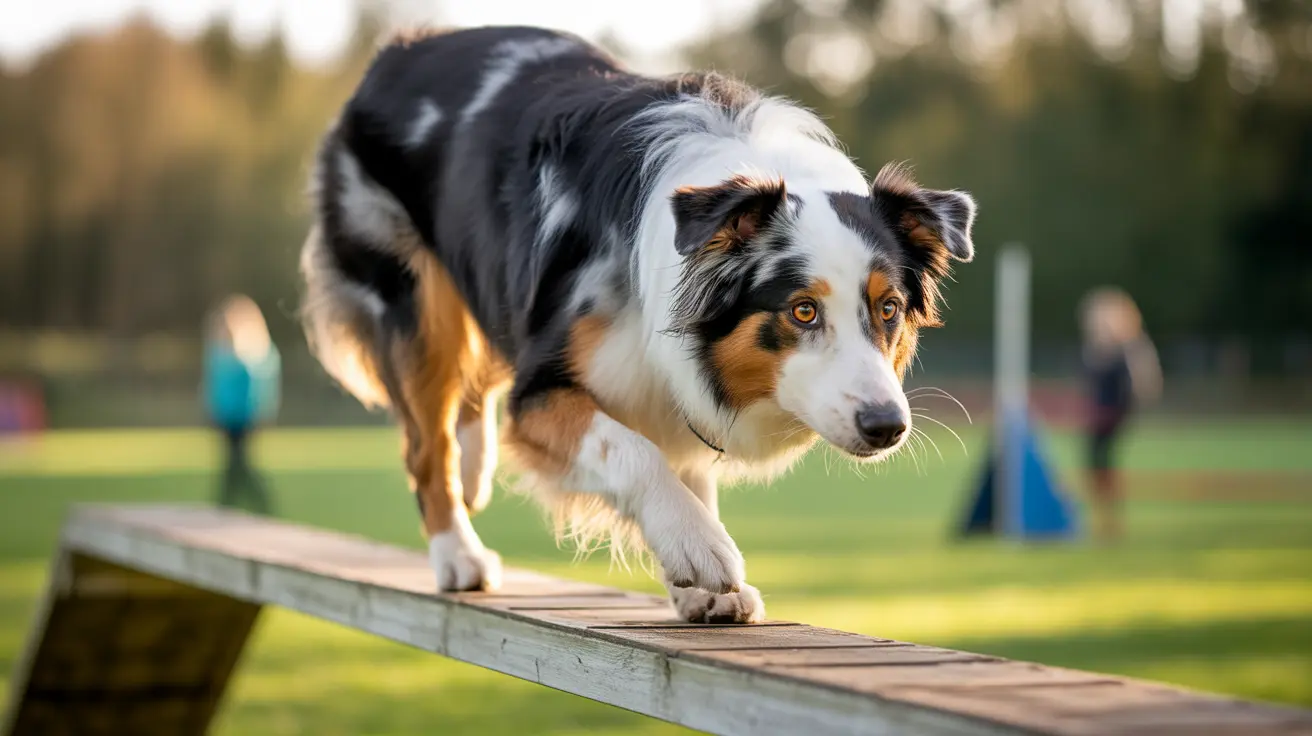Understanding Lipomas in Dogs: When Is Removal Necessary?
Lipomas are one of the most common types of benign tumors found in dogs. Composed of fatty (adipose) tissue, these tumors are typically non-cancerous and slow-growing. Although they are generally harmless, pet owners often worry when they discover a lump under their dog’s skin. So, do all lipomas need to be removed? The answer varies depending on several factors including size, location, and growth behavior.
What Are Lipomas?
Lipomas are soft, round or oval masses that form under the skin. They are freely movable and most commonly appear on the chest, limbs, back, flanks, or abdomen—anywhere there is fat tissue. In most cases, they are painless and do not cause any discomfort to the dog.
Common Characteristics of Lipomas
- Slow-growing, non-aggressive
- Soft and movable under the skin
- Usually painless and not life-threatening
- Commonly appear in older dogs, typically over seven years of age
- More frequent in overweight dogs and certain breeds such as Labrador Retrievers, Doberman Pinschers, Cocker Spaniels, and Golden Retrievers
When Is Removal Recommended?
Most simple lipomas do not require removal. However, surgical intervention may be necessary if:
- The mass interferes with limb movement or causes difficulty walking
- The lump becomes unusually large and uncomfortable
- The tumor is located in a sensitive area, such as near joints or internal organs
- Veterinary testing suggests malignancy or atypical growth
Infiltrative Lipomas and Liposarcomas
There are more aggressive forms that require a different management approach:
- Infiltrative Lipomas: Grow between muscles and may invade bones or nerves. Although benign, they are more difficult to remove and often recur.
- Liposarcomas: Rare malignant tumors that may require aggressive surgery and potentially radiation therapy. They tend to invade the surrounding tissue but seldom metastasize (spread to other organs).
Diagnostic Evaluation
If a new lump is detected, a veterinarian will typically perform:
- Physical examination and palpation of the mass
- Fine needle aspiration (FNA) for cytologic evaluation
- Biopsy to confirm diagnosis when malignancy cannot be ruled out
- Advanced imaging (e.g., CT) when dealing with infiltrative or internal masses
Treatment and Management Options
Depending on the type and location of the lipoma, treatment may include:
- Observation: Small, asymptomatic lipomas can be left in place with regular monitoring
- Surgical removal: Curative for simple lipomas if completely excised; more complex for infiltrative types
- Radiation therapy: May be used for recurrent or infiltrative lipomas post-surgery
- Injectable medications: Such as triamcinolone acetate, being explored for use in non-surgical candidates
Post-Surgical Care and Prognosis
Following surgical removal:
- Recovery usually takes 7 to 10 days
- Dogs may need an e-collar to protect the incision
- Prognosis is excellent for simple lipomas
- More aggressive care is required for infiltrative or malignant types
Can Lipomas Be Prevented?
There is no known way to fully prevent lipomas since their exact cause is unclear. However, you may help reduce the risk or severity by:
- Maintaining a healthy body weight
- Providing regular exercise
- Scheduling routine veterinary checkups to monitor for early masses
When to See a Veterinarian
Any noticeable or rapidly changing lump should be evaluated professionally. Other tumors like mast cell tumors or soft tissue sarcomas may appear similar but require different treatment plans. Only veterinary testing can confirm the diagnosis.
Emerging Treatment Options
Non-invasive therapies like histotripsy (focused ultrasound) are being researched for fat-cell destruction, but they are not yet standard practice.
Conclusion
While most lipomas in dogs are harmless and do not require removal, vigilant observation, accurate diagnosis, and timely veterinary assessment are essential. Surgical removal is typically reserved for cases where the tumor causes discomfort, impairs mobility, or shows unusual growth patterns.





